What is a Tuscan-style house? Everything you need to know about this Mediterranean-inspired architectural design
Characterized by their farmhouse-style qualities, Tuscan-style homes are deeply classical and influenced by the architecture of Italy

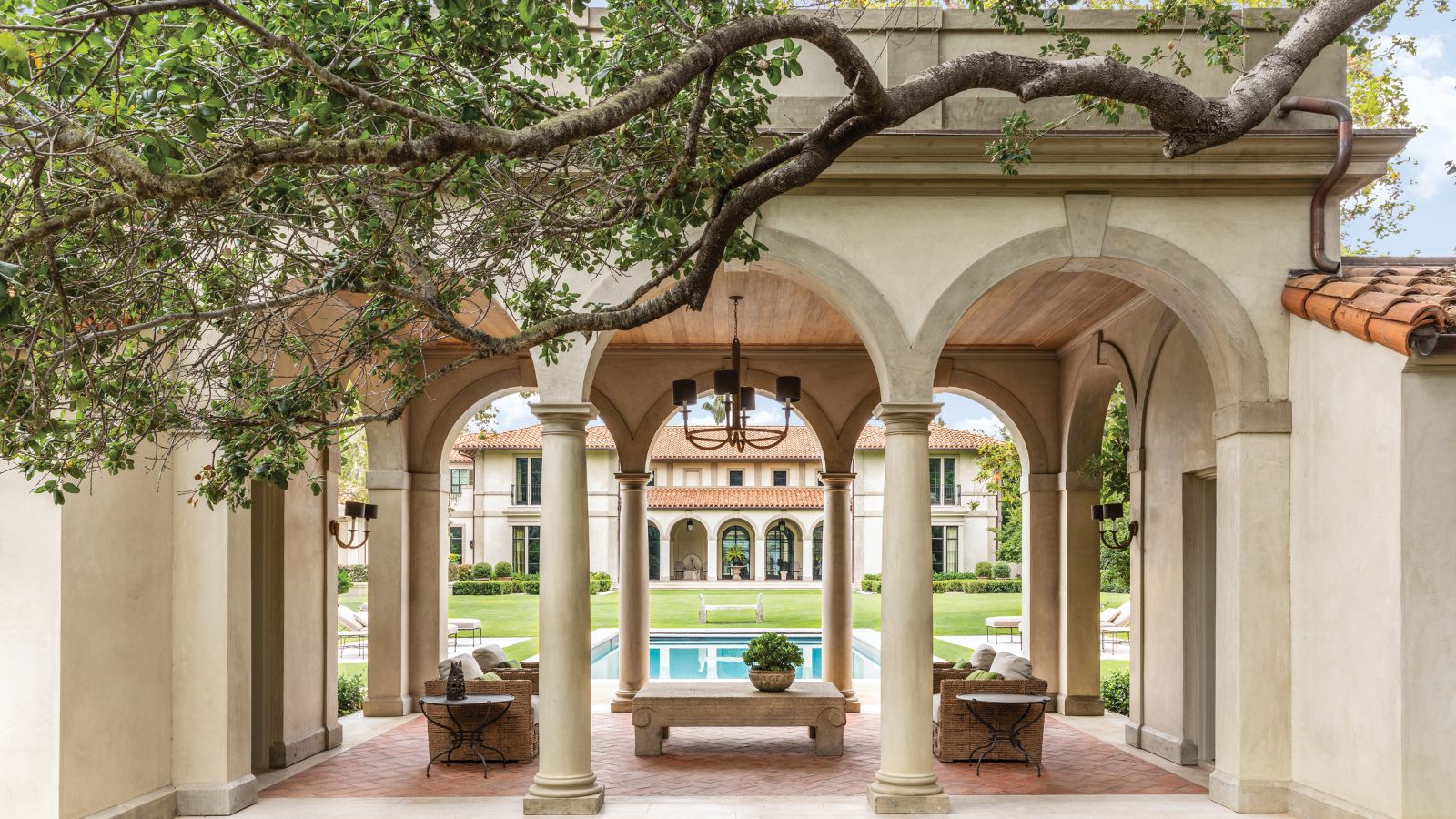
Influenced by the farmhouse buildings found scattered throughout the Mediterranean, Tuscan architecture strikes a balance between rustic and ornate elements. It's a reimagined style that draws upon historical architecture, inspired by the simplistic, hearty design of Italian houses dating back to the Roman period.
Tuscan architecture is a relatively common house style in the United States, found throughout the country, but is most popular in the western regions, such as California, due to the warmer climate. Dubbed 'Tuscan' due to its historical roots, the architectural style is heavily influenced by the Mediterranean homes that make up much of Italy's rural landscape.
Characterized by their terracotta-tiled roofs, limewashed stone facades, and stylized wrought-iron features, much like Mediterranean-style homes, the Tuscan style heavily references classical Italian buildings, namely those found in the central region of Tuscany.
The history of the Tuscan style
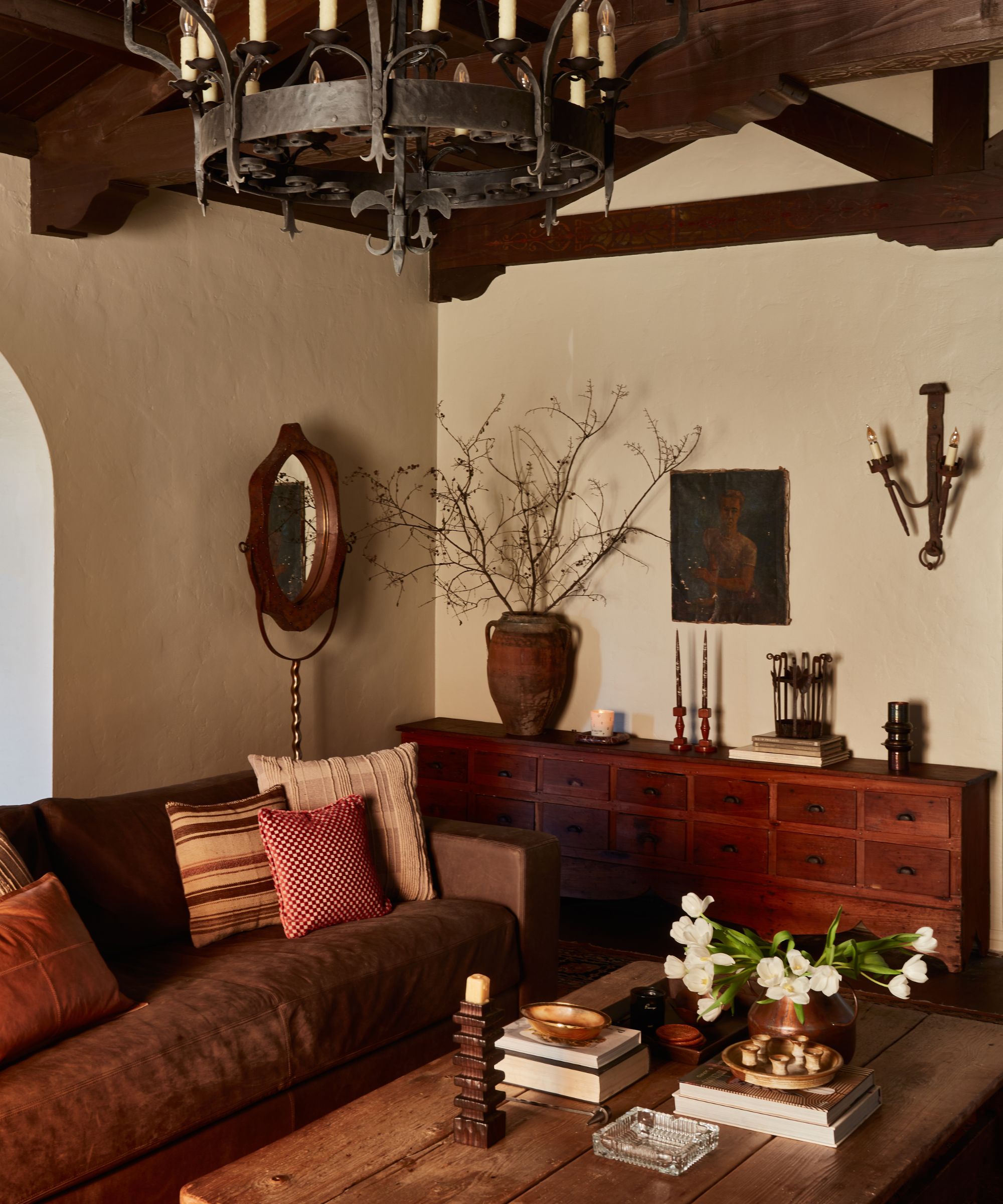
Although called 'Tuscan', the style is an adaptation of traditional Italian architecture, brought to the United States in the late 19th century by Americans who traveled across Europe.
However, original Tuscan architecture dates back to the Roman period. To withstand hot climates, homes were built using locally sourced materials such as wood and stone, designed to keep interiors cool and stand the test of time. Roofs were thick and sturdy, made from terracotta tiles, and walls were robust, typically made from lime-washed stone.
Unlike today's Tuscan-style homes, historically, properties in the Mediterranean were smaller and darker inside, designed to keep light (and therefore heat) out. Today's Tuscan-style homes you find in the U.S. differ slightly from their inspiration, both externally and internally. Boasting airy, open-plan living room layouts and ornate features, American homes influenced by the historic style nod to the past in a reimagined way that's lighter and larger.
Today, you can expect to see a similar use of material (namely, wooden beams and stone as the property's main body), but with entirely more lavish additions. Ornate stucco, both on the facade of a Tuscan-style property (carved into the stonework) and inside, featured on walls, staircases, and ceilings. Similarly, intricate ironwork is a common theme in today's homes, featured on balconies, doorframes, staircases, and other architectural details.
Design expertise in your inbox – from inspiring decorating ideas and beautiful celebrity homes to practical gardening advice and shopping round-ups.
What is a Tuscan-style house?
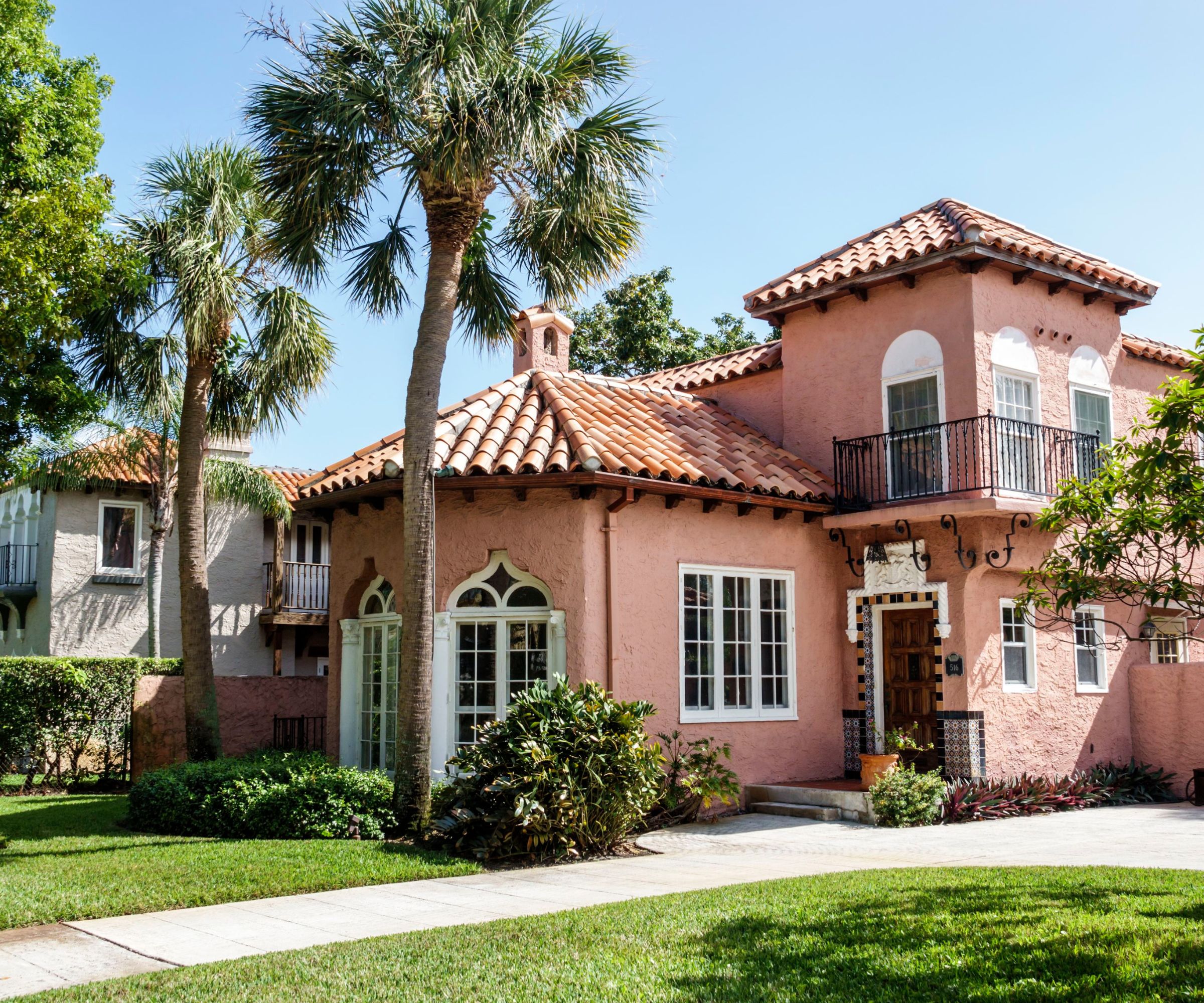
A highly lavish style that draws upon classical references, Tuscan architecture is a direct interpretation of Mediterranean styles. Scott Sottile, Partner at Ferguson & Shamamian Architects, explains, 'Mediterranean style generally describes architecture that is from Italy and Spain from the Renaissance onward. In simpler forms, these buildings reference farmhouses from agricultural regions like Tuscany and Andalusia, both noted for their picturesque hillsides where the architecture integrates into the landscape.'
'In grander forms, the architecture is largely influenced by the neoclassicism of the Renaissance, with the symmetrical buildings of Palladio figuring prominently,' continues Scott. 'These are the forms we looked to when we designed a new courtyard house in Los Angeles; the owners wanted to recall Tuscan villas they had rented for family holidays.'
What are the architectural characteristics of a Tuscan-style house?
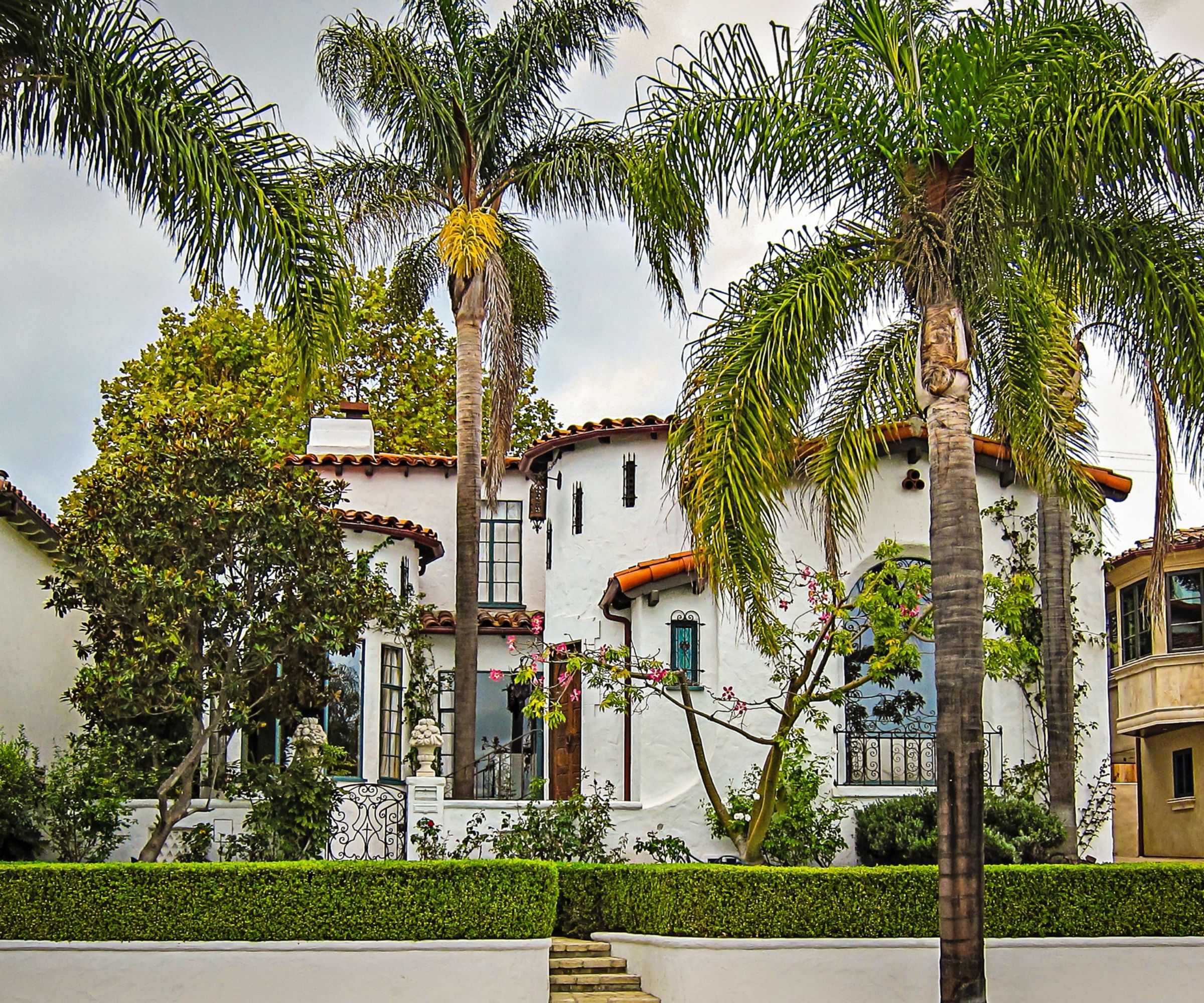
A few defining features make up the Tuscan style. Architect Stephen Spandle explains, 'A certain rusticity characterizes this genre. Exterior hallmarks of Tuscan-style design include stone and brick walls, often coated in stucco; exposed heavy timber rafter tails; terracotta tile roofing; and elegant casement windows with wooden shutters. Interiors often feature materials such as plaster walls, wood beam ceilings, and terracotta or travertine flooring.'
Scott explains further, 'In the U.S., Mediterranean style is characterized by the use of natural materials like stucco and stone for walls, terracotta tiles for the roofs, and the use of wood timbers for architectural detailing. Wrought iron is also a trademark. Thick walls provide insulation from the exterior temperatures.'
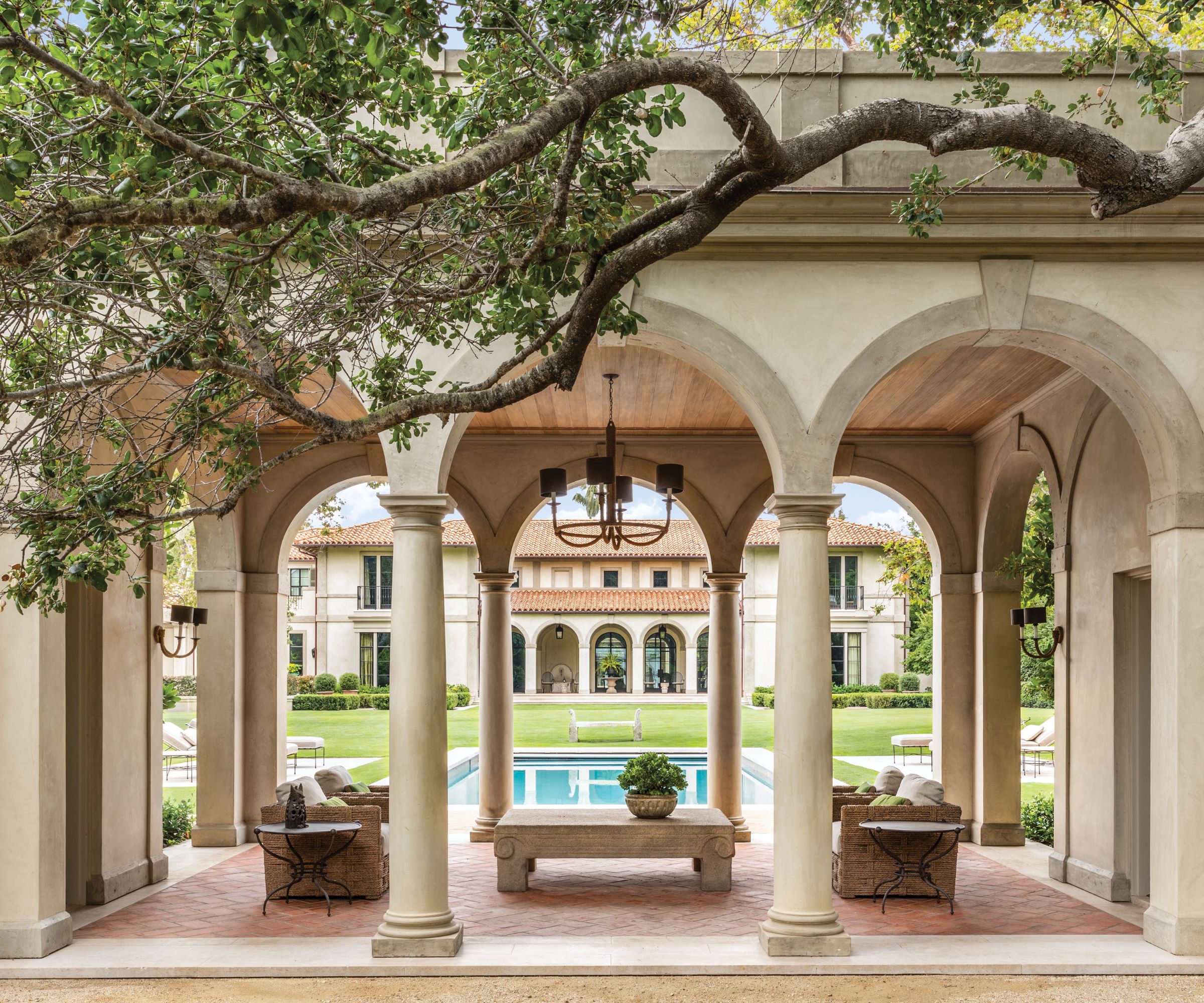
No Tuscan-style house is complete without a Mediterranean garden, typically taking the shape of a loggia or courtyard. Scott says, 'Indoor/outdoor spaces, like loggias, take advantage of the temperate climates similar to the Mediterranean coastal regions.'
In a bid to mimic the enviably serene courtyards of Tuscan palaces, Scott included a classical garden feature in his recent project, pictured above. 'For our clients in Los Angeles, where the weather allows for much outdoor living, we opened as many rooms as possible to an interior courtyard garden and loggias facing the lawn to maximize the flow to the landscape beyond.'
What are the interior characteristics of a Tuscan-style house?
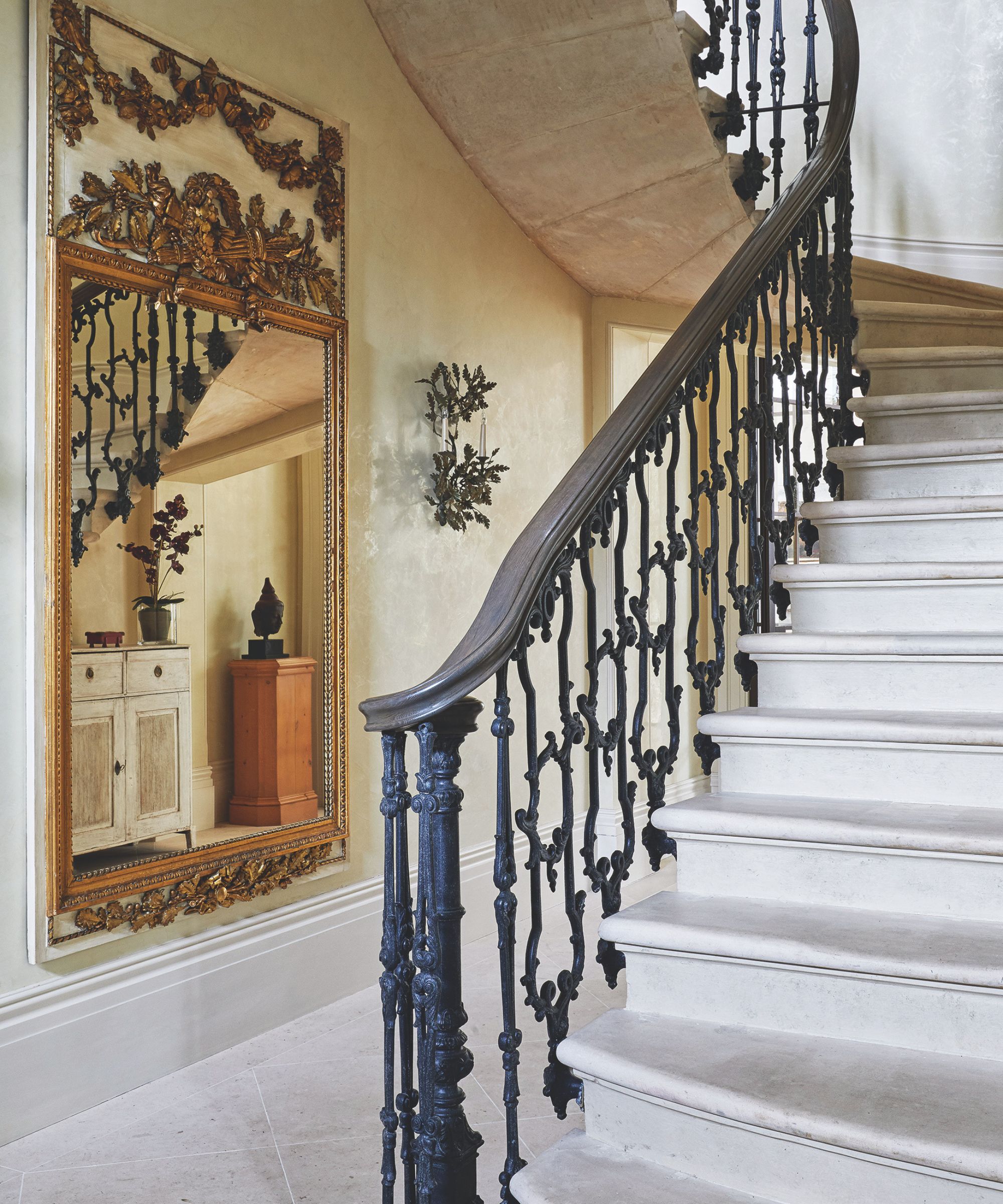
Interiors that are sympathetic to the Tuscan style typically feature a rustic color palette, organic textures, and ornate details. Scott explains, 'The use of natural materials inside the house provides a backdrop for Mediterranean interior decor. Limestone floors, terracotta tiles, beamed or coffered wood ceilings, and abundant stained and carved wood trims are key elements in the design.'
Dak Kopec, professor of architecture at the University of Nevada, Las Vegas, explains that the Tuscan-style homes embrace warm color schemes. 'Colors are usually warm and earthy, but aged with a sun-faded appearance. They fall into the ochres, terracottas, burnt siennas, rusty reds, golden yellows, olive greens, and warm chocolaty browns. However, these colors need to be desaturated for that sun-faded look. Often, grapevines, olive branches, sunflowers, or wheat motifs are included in the design and color palette.'
He adds, 'Furnishing takes on a farmhouse appearance with solid and heavy woods, bench seating at a heavy wooden table, wrought iron fixtures, handrails, and accessories like candlesticks. Plush, overstuffed seating with natural fabrics like linen and cotton. Lighting tends to be warm with shaded fixtures or amber-toned glass: wrought iron chandeliers, minimal coverings on arched windows.'
'Walls tend to be textured with faux finishes such as aged patina – lots of Travertine, terracotta, or hand-painted ceramic tiles in floors, backsplashes, and stair risers. Some of the architectural details include arched doorways and windows, barrel vaults, and exposed wood beams for the ceiling.'
Tuscan-style houses are grand and luxurious but also balance rusticity, combining classic farmhouse elements with more ornate details. They're a prominent part of America's architectural history and can be found all over the country. Much like ranch-style houses, Tuscan homes are common in states such as Arizona, Florida, and California due to their warmer, coastal climates that mimic the European climates from which the architecture is inspired.

I am the Interior Design News Editor at Homes and Gardens, covering mainly US-based designers and trending news stories. My love for interiors began when I interned in an interior design studio, working on commercial and private spaces. My passion grew while working in production, where I sourced beautiful locations for photoshoots and campaigns. Outside of work, I enjoy collecting antique decor and mid-century furniture for my home.